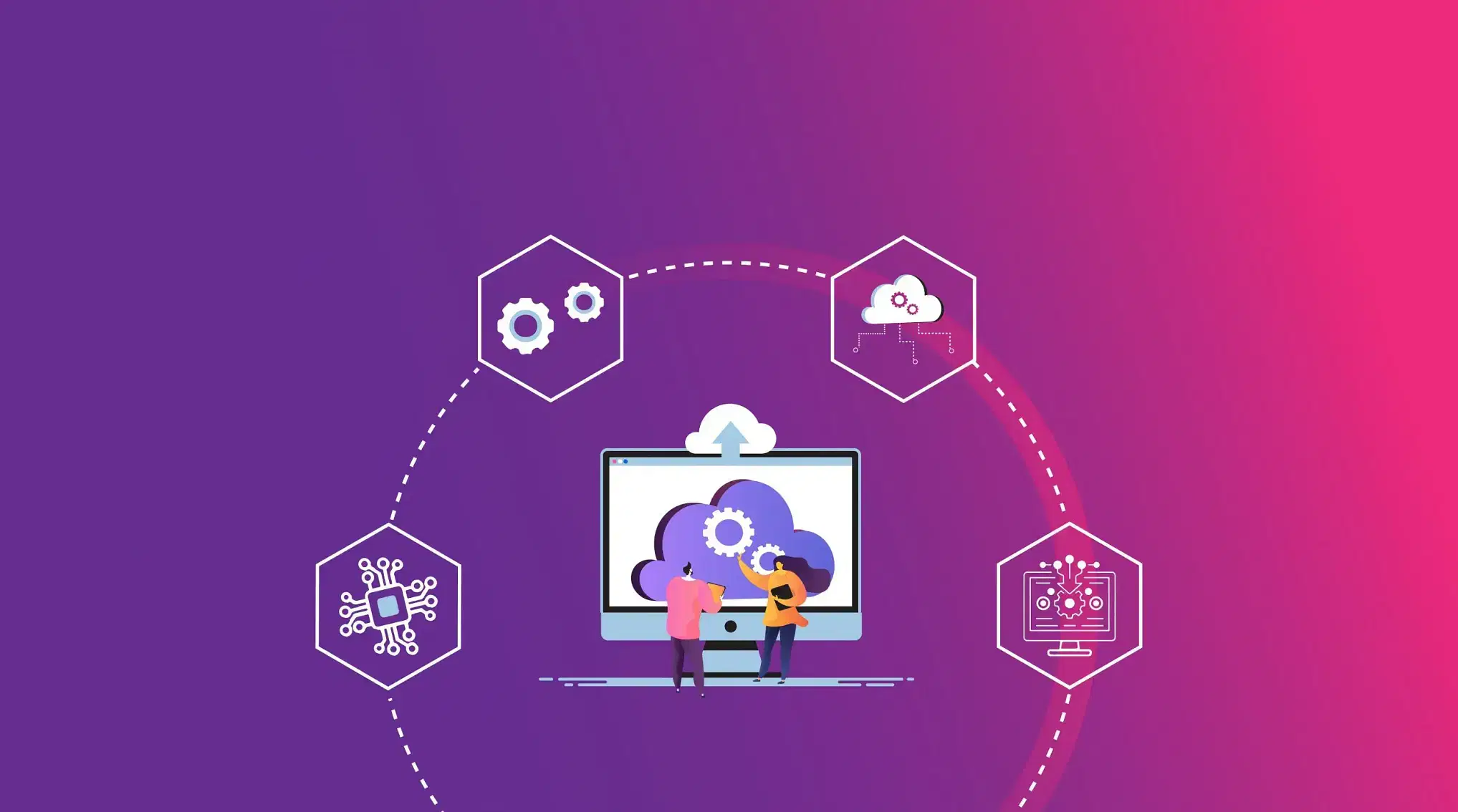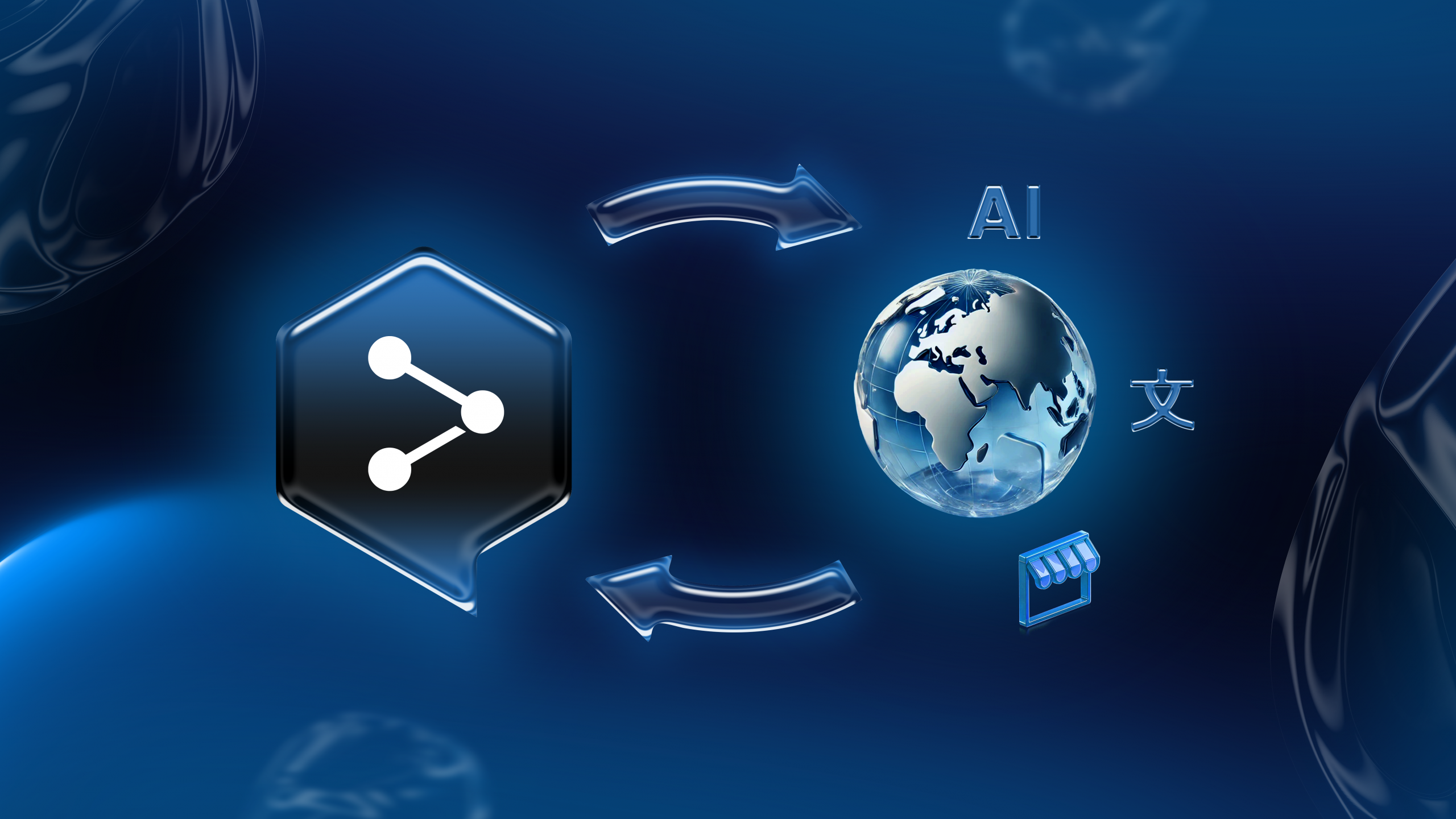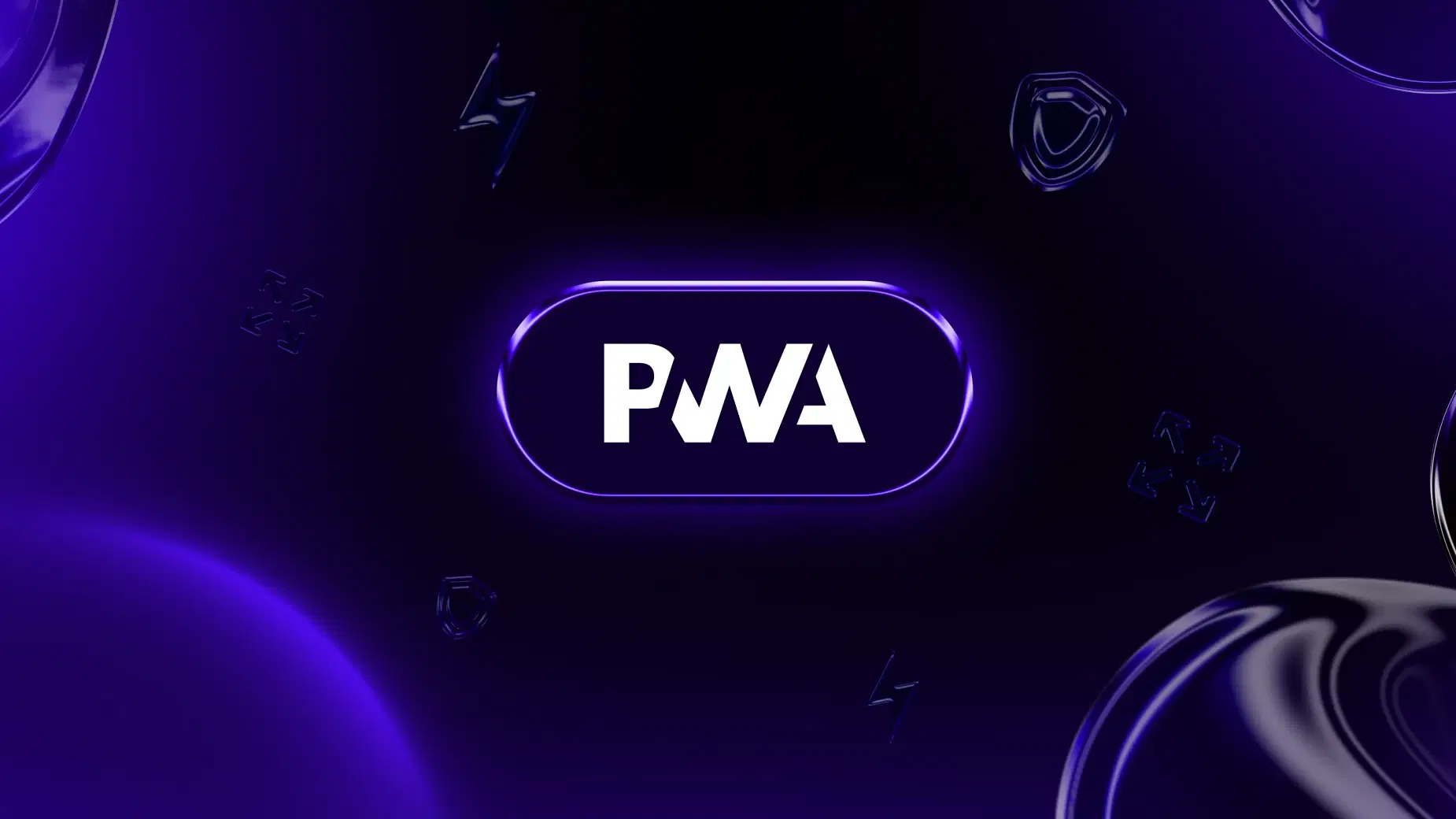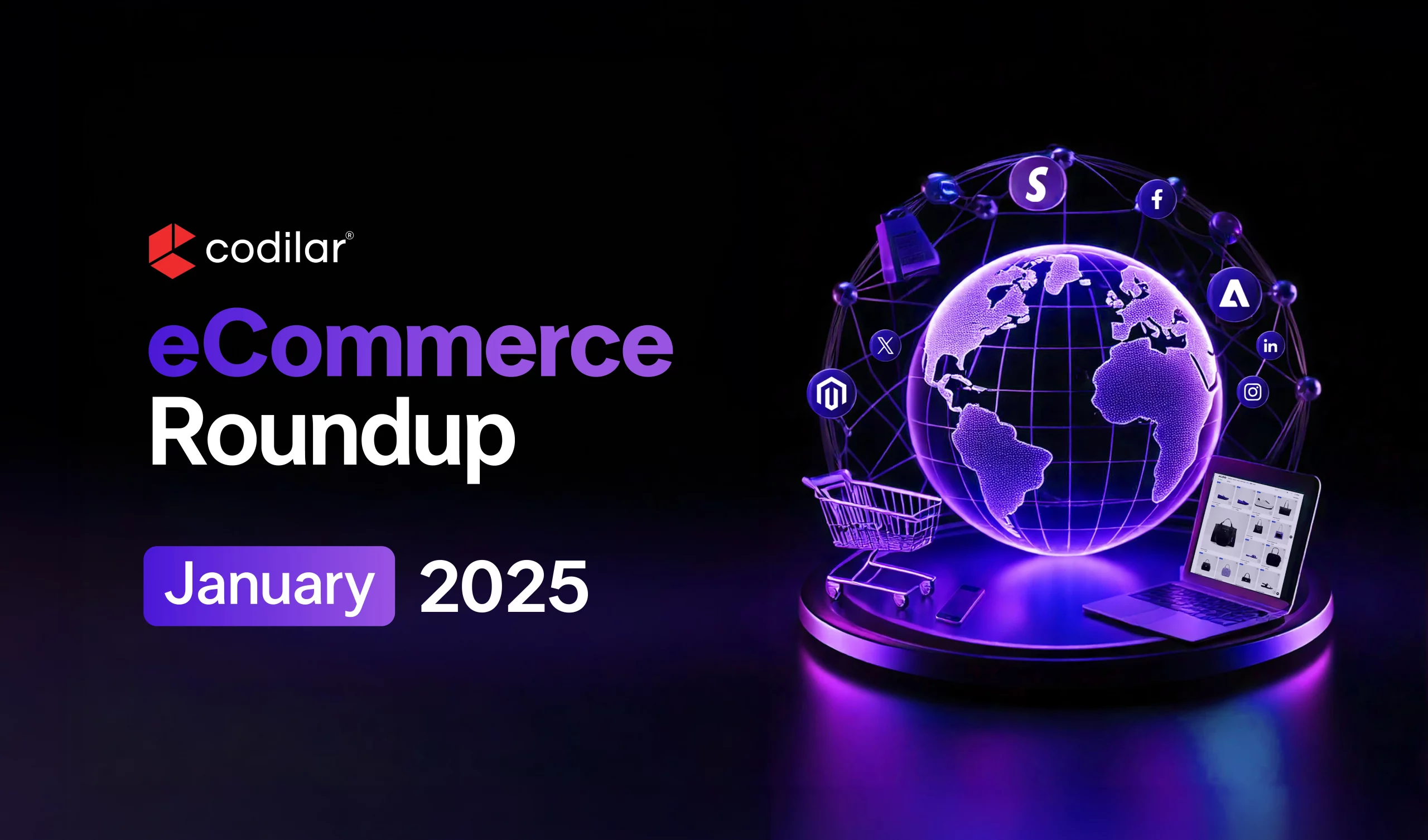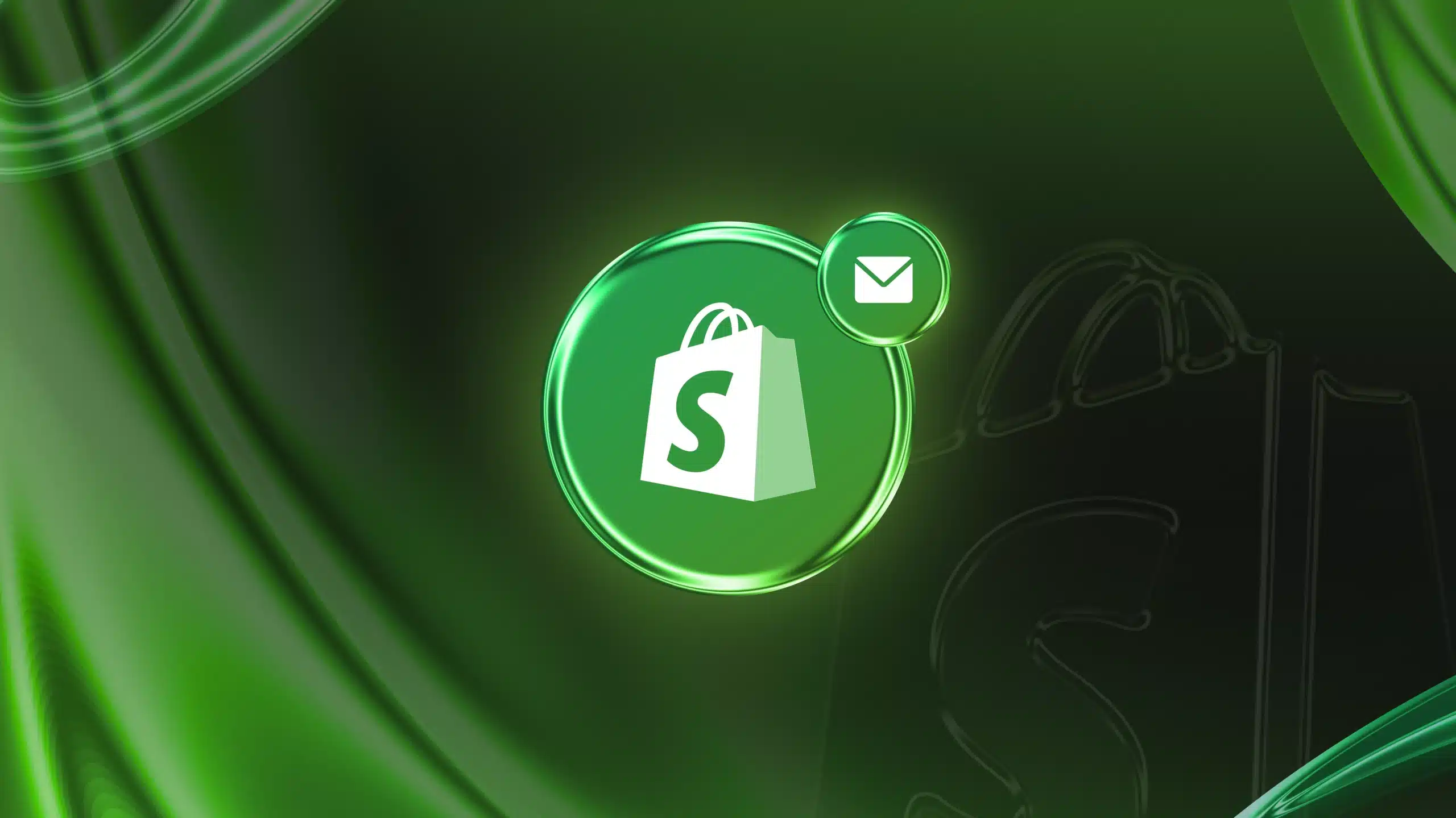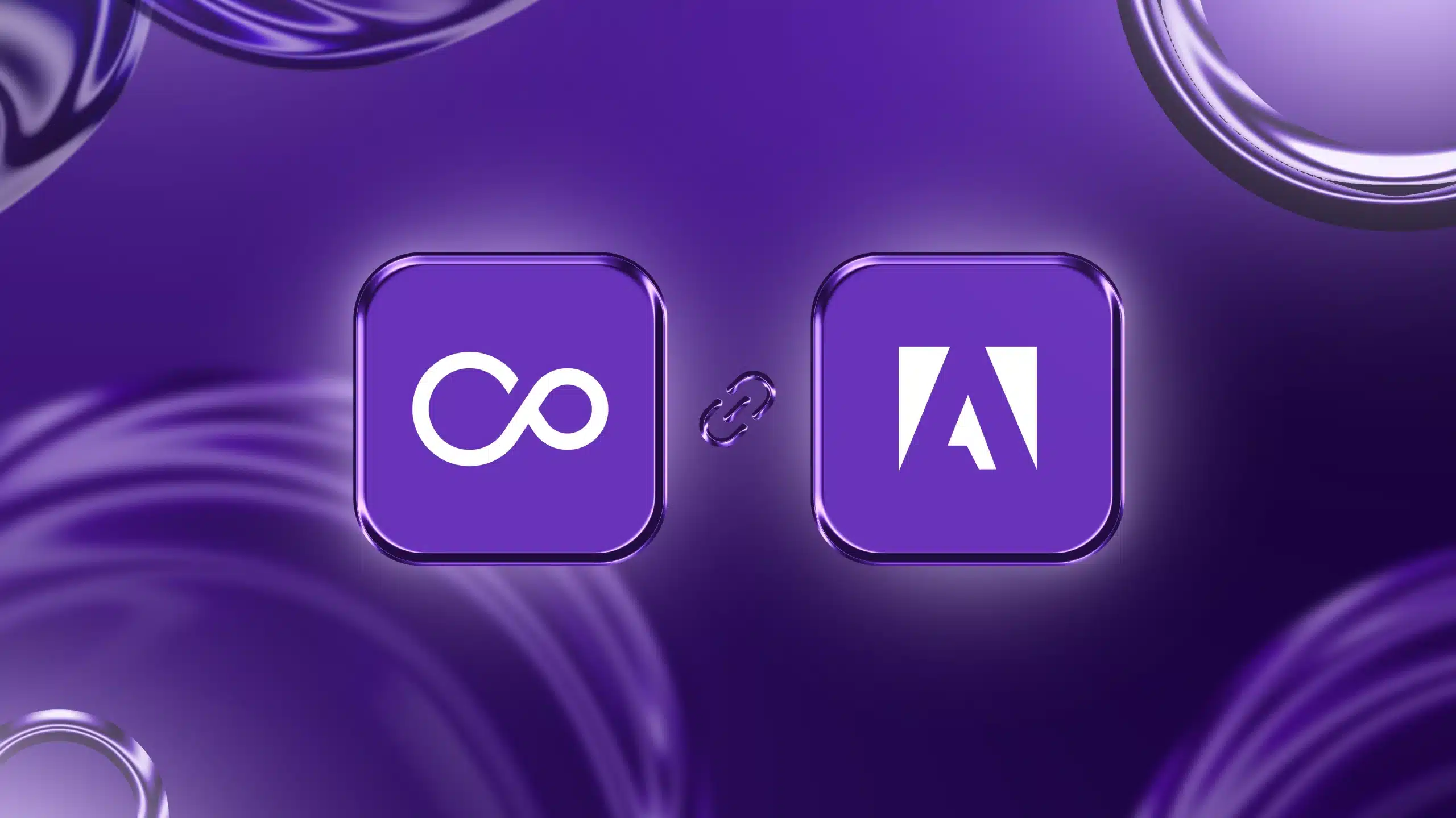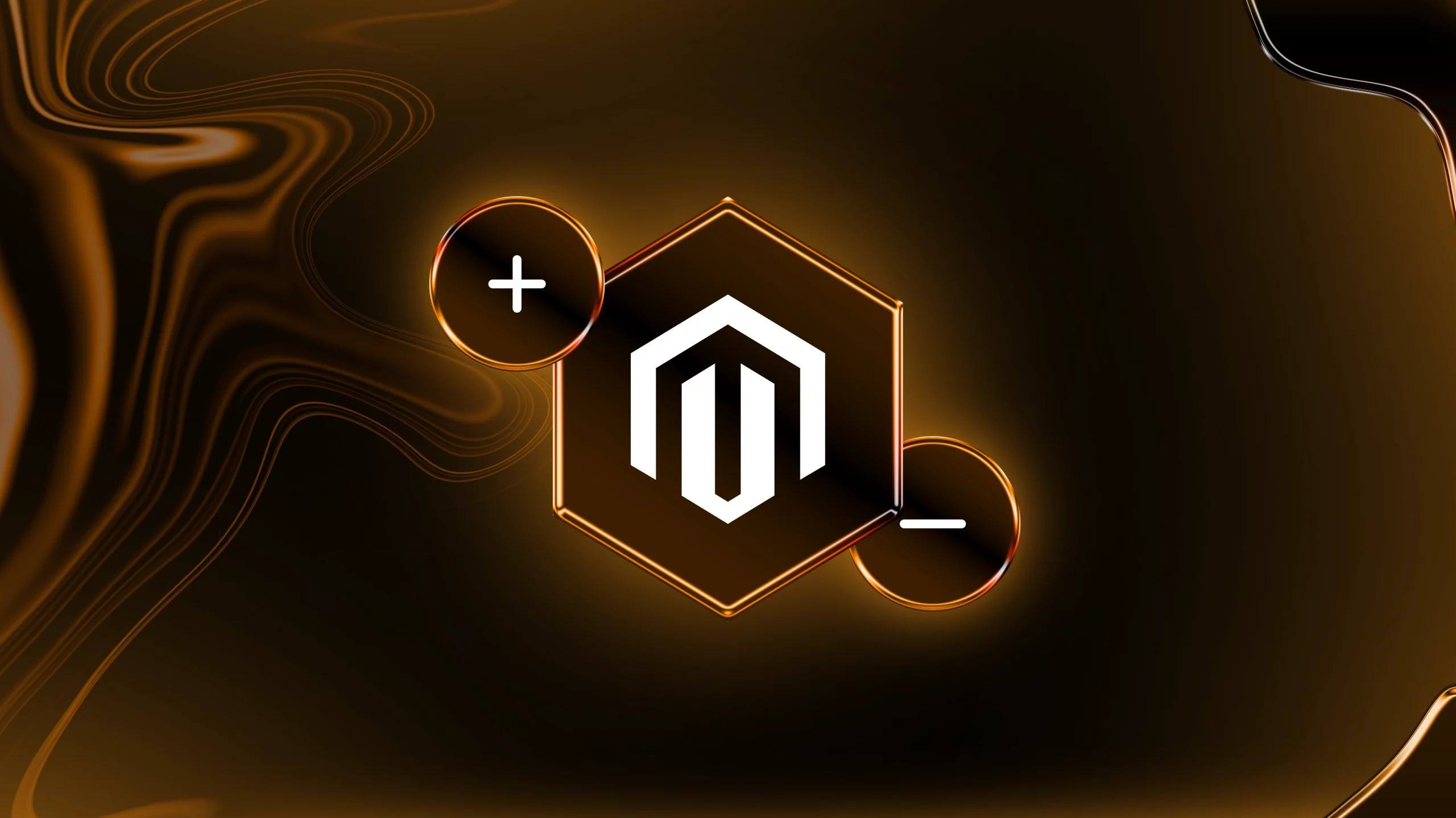Creating and delivering stellar digital journeys and customer experiences is no easy feat and throwing a constantly changing digital landscape into the mix, it becomes nearly impossible to keep up. This is where the MACH architecture comes into the picture.
Let’s begin with the basics…
What is MACH?
Previously businesses and organizations worked with monolithic architecture. Monolithic architecture is a more traditional approach where all the system applications are built as a single cohesive unit where all of the components, including the presentation layer, business logic, and data access layer, are tightly coupled and interdependent.
But with time, the monolithic “one-size-fits-all” solution ceased to work as customer requirements evolved and the need to create an immersive user experience became crucial.
This saw the advent of MACH architecture, a modern software approach that emphasizes modularity, flexibility, and scalability. It was the coalescence of four fundamental principles: Microservices, API-first, cloud-native, and headless.
MACH Architecture vs Monolithic Architecture
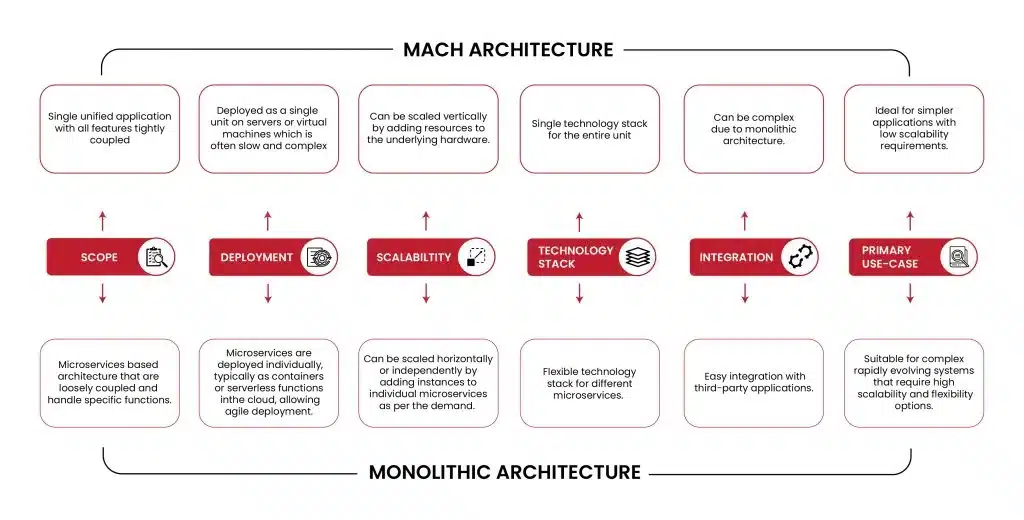
MACH Architecture Principles
MICROSERVICES
It is a modular approach where the application is composed of several microkernels that render services independently. The system is composed of several individual applications that are each designed to carry out specific functions like handling search reviews, checkout, wishlist, etc. This feature of MACH makes it easier to develop, deploy, and scale easily.
The architectural components of microservices include-
Containers:
They ensure consistent development and testing by packaging services for easy deployment.
Service mesh:
It manages communication, addressing load balancing and security;
Service discovery:
To enable microservices to find and connect with each other;
and an API gateway, serving as a central entry point for request routing, authentication, and other functions.
In addition, microservices function as separate units, it allows teams to work on them individually without affecting the others. Therefore, if one microservice malfunctions or encounters issues, it does not disrupt the entire application. This ensures that microservices have minimal downtime and offer substantial flexibility.
MACH architecture is a good choice for companies that need to build scalable, flexible, and agile applications. Microservices is a good choice for companies that need to break down their existing applications into smaller, more manageable components
API-FIRST APPROACH
In a MACH architecture, various software components or microservices operate independently, but effective communication is essential for their seamless collaboration. This is where APIs (Application User Interfaces) assume a crucial role.
APIs act as orchestrators in this loosely connected microservices ecosystem, defining how these software components should interact with one another.
It can be said that the API is responsible for handling requests for particular data or services and acting as a mediator between the microservices. When a request is initiated through the API, it identifies the microservices required to meet that request.
It serves as a helpful layer that hides the system’s inner complexity. Users and software components are shielded from the intricate workings of individual microservices and data processing. Instead, they interact with the API, requesting what they need without delving into the microservices’ details.
Subsequently, APIs guide the backend microservices to collect the necessary data and execute any essential tasks. The results of this data gathering and processing are then presented at the front-end layer, ready for presentation to end-users or other system components.
This simplification makes it easier to use the system in bigger, flexible setups.
CLOUD-NATIVE SAAS
Cloud-native SaaS in terms of MACH architecture refers to Software as a Service (SaaS) applications that are built and designed specifically for the cloud with no option for on-premises installation.
Cloud-native Saas comes bundled with features like managed hosting, built-in security features, hassle-free scaling and deployment across different regions, and seamless updates too.
Furthermore, integration into a MACH architecture is seamless with cloud-native Saas, thereby reducing operational expenses and permitting developers to focus on creating distinctive customer experiences, ultimately adding more value.
HEADLESS
The headless concept of MACH design is based on decoupling the presentation layer at the front-end from the backend content management system. This provides complete creative design freedom and also enables systems to be compatible with other devices and interfaces such as IoTs, AR, payment gateways, and so on.
Headless implementation is competent with MACH technology. Their modular, decoupled design makes it easier to integrate different front-end and backend systems. Therefore, making the headless systems efficient and scalable.
Some examples of headless architectures include:
- Headless content management systems (CMSs)
- Headless eCommerce platforms
- Headless digital experience platforms (DXPs)
These platforms communicate and function with APIs, which makes it easy to integrate them with other systems and services.
To know more , click here
Benefits of MACH Architecture
Modularity:
MACH architecture’s microservices approach allows for the development of modular, independent components, making it easier to add, update, or replace specific functionalities without affecting the entire system.
Flexibility:
MACH’s API-first design and headless architecture provide the flexibility to deliver content and commerce experiences across various digital channels and devices, adapting to changing customer needs.
Scalability:
By leveraging cloud-native technologies, MACH architecture supports easy scaling of individual components, ensuring that the platform can handle increasing workloads and traffic demands.
Speed to Market:
MACH enables faster development and deployment of features and services, reducing time-to-market for digital experiences and e-commerce solutions.
Interoperability:
MACH’s emphasis on APIs allows for easy integration with third-party services and tools, supporting interoperability and creating a rich ecosystem of applications and extensions.
Platforms that utilize MACH Architecture
COMMERCE PLATFORMS
MACH architecture is highly relevant to commerce platforms.
It is designed to modernize and enhance the capabilities of e-commerce platforms. By utilizing microservices, adopting an API-first approach, and leveraging cloud-native technologies, commerce platforms can become more agile and scalable. They can deliver seamless shopping experiences across various channels, such as web, mobile, IoT devices, and more.
Examples of commerce platforms using MACH architecture include Shopify, Magento, Commercetools, and BigCommerce.
CONTENT MANAGEMENT SYSTEMS (CMS)
MACH architecture is also highly relevant to CMS. The “headless CMS” concept, which is a key part of MACH, separates the content management and delivery layers. This separation allows content to be created and managed independently, making it easier to publish content across multiple digital platforms. MACH’s API-first design ensures that content is accessible through APIs, enabling integration with different channels and devices.
Examples of content management platforms that are based on MACH architecture include WordPress, Drupal, Contentful, Sanity, etc.
CUSTOMER RELATIONSHIP MANAGEMENT (CRM) PLATFORMS
While MACH architecture is most commonly associated with commerce and CMS platforms, some CRM platforms also function efficiently by adopting MACH principles, especially if they are evolving to provide customer experiences across various digital channels. The modularity and flexibility of MACH could help CRM platforms adapt to the changing demands of customers on multiple channels.
Examples of MACH architecture based CRMs include Salesforce, HubSpot, Zoho CRM, Pipedrive
